- Breed Category: Hound
- Country of Origin: Germany
- Average Height: 30-38 cm (12-15 inches)
- Average Weight: 16-18 kg (35-40 pounds)
- Average Life Span: 10-12 years
- Grooming Requirements: Low, occasional brushing
- Exercise Requirements: High, needs daily exercise
- Coat Type: Short, dense
- Coat Color Variations: Red, black, tan
- Shedding Level: Moderate
- Ear Type: Long, floppy
- Tail Type: Long, straight
- Temperament: Friendly, energetic, loyal
- Intelligence Level: High
- Barking Tendency: Moderate
- Compatibility with Children: Good, very friendly
- Compatibility with Other Pets: Generally good
- Training Ease: Moderate, can be stubborn
- Common Health Issues: Hip dysplasia, ear infections
- Dietary Needs: High-quality dog food
- Energy Level: High
- Drooling Tendency: Low
- Sensitivity to Weather: Moderate, dislikes extreme cold
- Overall Maintenance Level: Moderate
- Original Purpose: Hunting, tracking
- Year of Recognition by Kennel Clubs: 1996
- Apartment Friendly: Not ideal, needs space
- Best Suited For: Active families, hunters
- Cost of Ownership: Moderate
- Unique Traits: Excellent scent tracking ability
Think all hounds are the same? The Westphalian Dachsbracke might just change your mind. This unique breed, with its distinctive appearance and charming personality, is a hidden gem among dog enthusiasts. Known for its short legs and elongated body, the Westphalian Dachsbracke is a versatile hunting dog, originally bred in Germany. Its history is as rich as its character, tracing back to the 19th century when hunters needed a dog that could track game through dense forests and rugged terrain.
This article aims to shed light on the breed’s fascinating history, unique characteristics, and essential care tips. Whether you’re a seasoned dog owner or just curious, understanding this breed will deepen your appreciation for these remarkable dogs.
Early Development and Historical Significance
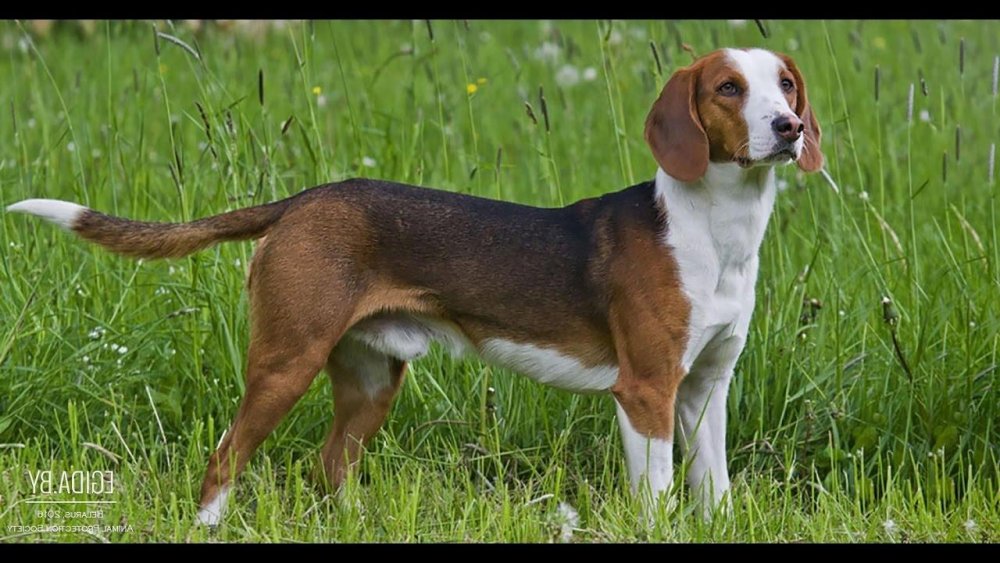
Origins and Role in Hunting
The Westphalian Dachsbracke was developed in the 19th century, primarily in the Westphalia region of Germany. Hunters needed a dog that could navigate the dense forests and challenging terrains of the area. This breed was specifically designed for tracking and hunting, excelling in following scents over long distances. Its keen sense of smell and determination made it an invaluable companion for hunters seeking game like deer and boar.
Key Figures and Regions
Westphalia, a region known for its rich hunting traditions, played a crucial role in the breed’s development. Local hunters and breeders collaborated to create a dog that combined the best traits of various hounds. The breed’s lineage includes the German Bracke and the Dachshund, resulting in a dog that is both agile and persistent. These efforts were spearheaded by passionate individuals who understood the demands of hunting in the region’s unique landscape.
Physical Characteristics
The Westphalian Dachsbracke is easily recognisable by its short legs and elongated body, a design that allows it to move swiftly through underbrush. It typically has a robust build, with a strong back and muscular limbs. The coat is dense and weather-resistant, often featuring a mix of black, tan, and white colours. This breed’s expressive eyes and alert ears add to its charm, making it not only a skilled hunter but also an endearing companion.
Appearance and Unique Traits
The Westphalian Dachsbracke stands out with its compact size and distinctive look. Its elongated body and short legs are not just for show; they’re built for agility and endurance. This breed is perfectly designed to weave through dense forests and underbrush, making it an exceptional hunting companion. The coat is dense and weather-resistant, often showcasing a striking blend of black, tan, and white. These colours not only add to its visual appeal but also provide a practical advantage in the wild.
One of the most charming features of the Westphalian Dachsbracke is its expressive eyes, which seem to convey a deep intelligence and curiosity. The ears are alert and slightly rounded, adding to its endearing appearance. This breed’s robust build and muscular limbs speak to its strength and stamina, essential traits for a dog bred to track game over long distances.
Temperament and Behaviour
When it comes to temperament, the Westphalian Dachsbracke is as charming as it is determined. Known for its friendly and sociable nature, this breed makes a wonderful family pet. It’s loyal and forms strong bonds with its human companions. Despite its hunting background, it’s gentle and patient, especially with children.
In terms of behaviour, this breed is energetic and requires regular exercise to keep it happy and healthy. It thrives on mental stimulation and enjoys activities that challenge its keen sense of smell. Whether it’s a game of fetch or a long walk in the park, the Westphalian Dachsbracke is always up for an adventure.
Personality and Suitability
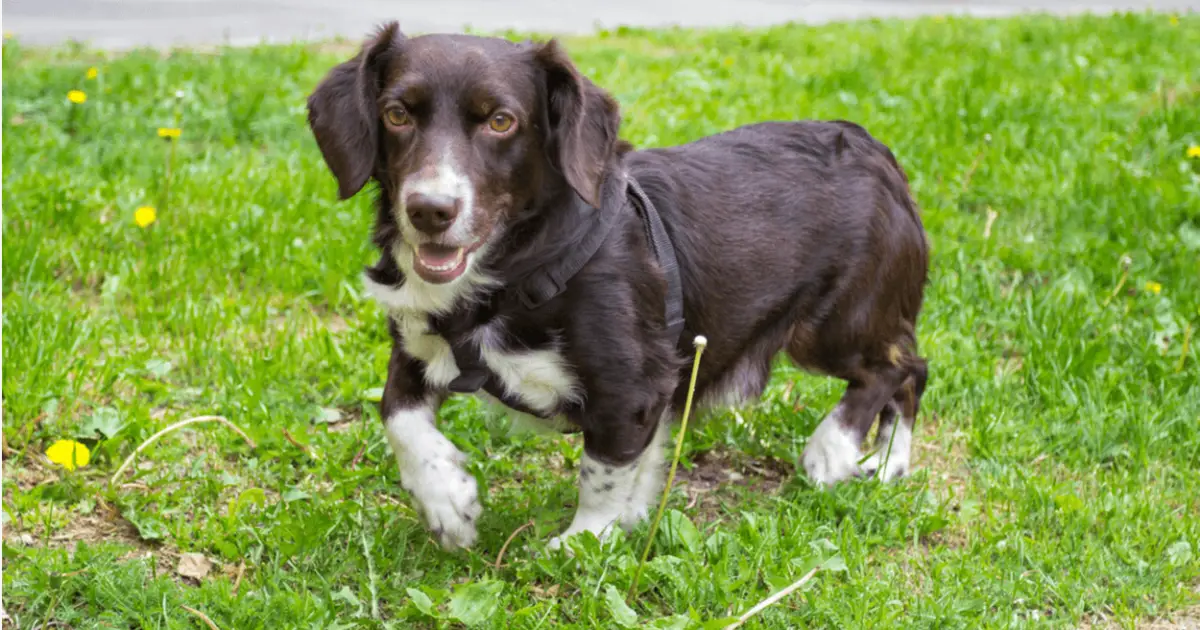
Typical Personality Traits
The Westphalian Dachsbracke is a bundle of loyalty, intelligence, and determination. These dogs are fiercely loyal, forming strong bonds with their families. Their intelligence shines through in their problem-solving abilities and quick learning. Determination is in their DNA, a trait that makes them excellent hunters and companions.
Suitability as a Family Pet and Hunting Companion
This breed is a perfect fit for families and hunters alike. As a family pet, they bring warmth and companionship, thriving in environments where they can be part of the action. For hunters, their tracking skills and endurance make them invaluable partners in the field.
Interaction with Children and Other Animals
Westphalian Dachsbrackes are gentle and patient with children, making them great playmates. They generally get along well with other animals, especially if socialised early. Their friendly nature helps them integrate smoothly into multi-pet households.
Training and Exercise Needs
These dogs are energetic and need regular exercise to stay happy. They love activities that challenge their minds and bodies, like scent games or long walks. Training should be consistent and engaging, tapping into their intelligence and eagerness to learn.
Importance of Early Training and Socialisation
Getting a head start on training and socialisation is crucial for the Westphalian Dachsbracke. Early exposure to different environments, people, and other animals helps them grow into well-rounded adults. This breed is naturally curious and intelligent, so introducing them to new experiences early on can prevent behavioural issues down the line.
Recommended Training Techniques
Training should be consistent and positive. These dogs respond well to reward-based methods, where treats and praise are used to reinforce good behaviour. Short, engaging sessions work best, keeping their attention and making learning fun. Patience and consistency are key, as their independent streak can sometimes make them a bit stubborn.
Daily Exercise Requirements and Activities They Enjoy
The Westphalian Dachsbracke is an active breed that thrives on daily exercise. They love activities that engage their keen sense of smell, like scent trails or hide-and-seek games. Regular walks, playtime, and mental challenges are essential to keep them happy and healthy. A bored Dachsbracke can become restless, so keeping them active is important.
Health and Lifespan
Generally healthy, the Westphalian Dachsbracke has a lifespan of around 12 to 14 years. Regular vet check-ups, a balanced diet, and plenty of exercise contribute to their longevity. Like all breeds, they can be prone to certain health issues, so staying informed and proactive about their health is vital.
Health and Care
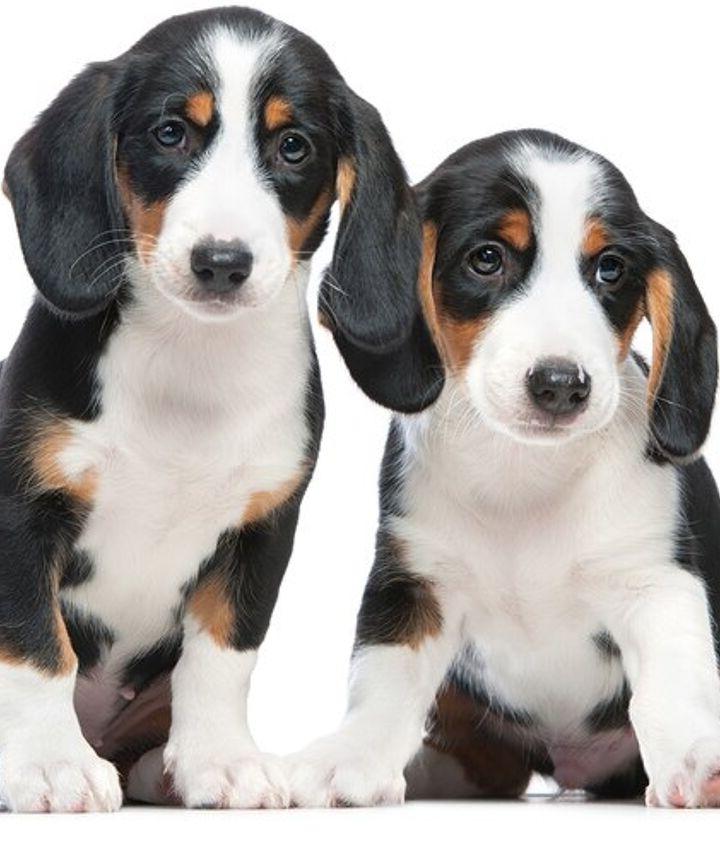
Common Health Issues
While the Westphalian Dachsbracke is generally a healthy breed, they can be prone to certain issues like hip dysplasia and ear infections. Regular vet visits are crucial to catch any potential problems early. Keeping an eye on their weight is also important, as obesity can exacerbate joint issues.
Average Lifespan and Health Tips
These dogs typically live between 12 to 14 years. To ensure they reach their full lifespan, provide a balanced diet rich in nutrients and maintain a regular exercise routine. Mental stimulation is just as important as physical activity, so engage them with puzzles and scent games.
Preventative Care Recommendations
Preventative care is key to keeping your Westphalian Dachsbracke healthy. Regular vaccinations, flea and tick prevention, and dental care should be part of their routine. Regular grooming, including ear cleaning, helps prevent infections and keeps their coat in top condition.
Grooming and Maintenance
Their dense, weather-resistant coat requires regular brushing to remove loose hair and prevent matting. Bathing should be occasional, as over-washing can strip their coat of natural oils. Pay special attention to their ears, keeping them clean and dry to avoid infections.
Coat Care and Grooming Routines
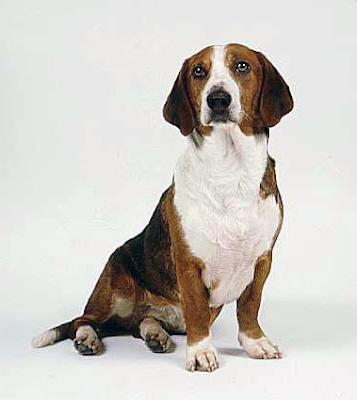
Shedding and Seasonal Grooming Tips
The Westphalian Dachsbracke’s coat is dense and weather-resistant, making it relatively low-maintenance. However, regular brushing is essential to keep it looking its best and to manage shedding, especially during seasonal changes. A good brush once or twice a week will help remove loose hair and prevent matting. During shedding seasons, you might need to increase the frequency to keep your home fur-free.
Bathing should be kept to a minimum, as over-washing can strip the coat of its natural oils. A bath every few months or when particularly dirty is usually sufficient. Always use a dog-specific shampoo to maintain the coat’s health and shine.
Diet and Nutrition
A balanced diet is crucial for the Westphalian Dachsbracke’s overall health and coat condition. High-quality dog food that meets their nutritional needs will support their active lifestyle and keep their coat glossy. Look for foods rich in omega-3 and omega-6 fatty acids, as these are beneficial for skin and coat health.
Portion control is important to prevent obesity, which can lead to joint issues. Regularly monitor their weight and adjust their diet as needed, ensuring they get the right balance of proteins, fats, and carbohydrates. Fresh water should always be available to keep them hydrated and healthy.
Nutritional Needs and Feeding Guidelines
Foods to Include and Avoid
For optimal health, the Westphalian Dachsbracke needs a diet rich in high-quality proteins and healthy fats. Look for dog foods that list meat as the first ingredient, and include omega-3 and omega-6 fatty acids for a shiny coat and healthy skin. Avoid foods with artificial additives, fillers, and excessive grains, as these can lead to allergies and digestive issues.
Feeding Schedules and Portion Recommendations
Establishing a consistent feeding schedule is key. Typically, two meals a day—morning and evening—work well for this breed. Portion sizes depend on their age, weight, and activity level, so it’s best to consult with your vet for tailored advice. Always measure their food to prevent overfeeding, which can lead to obesity and related health problems.
Fun Facts and Trivia
Did you know the Westphalian Dachsbracke’s unique body shape is not just for looks? It’s designed for agility, allowing them to navigate dense forests with ease. Another fun fact: their keen sense of smell is so impressive, they can track scents over long distances, making them exceptional hunting companions.
Interesting Tidbits and Famous Westphalian Dachsbrackes
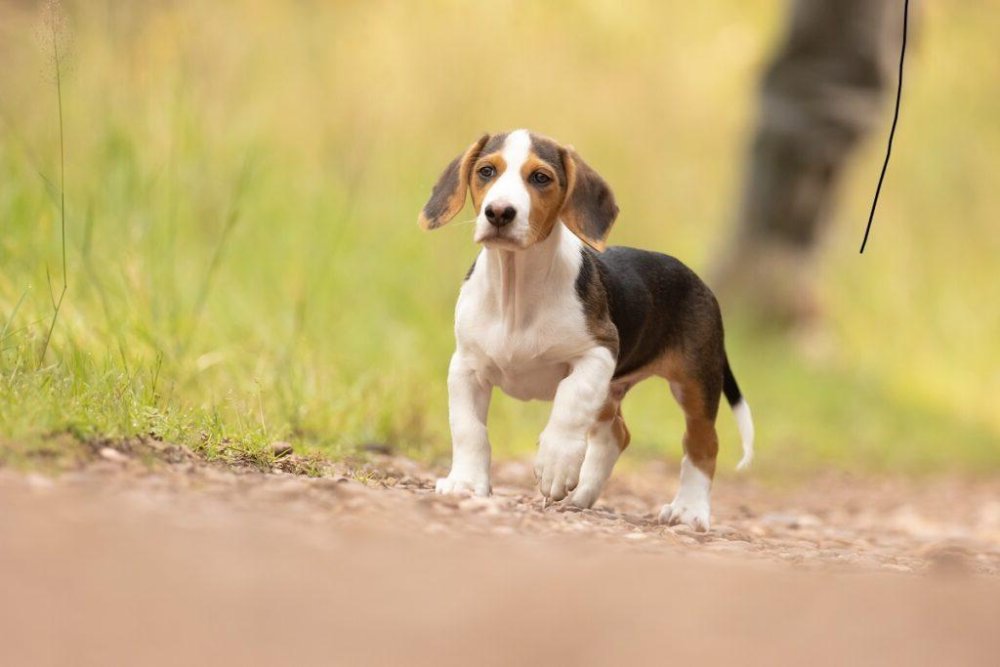
Interesting Tidbits about the Breed
The Westphalian Dachsbracke is a breed full of surprises. Despite their small stature, these dogs are known for their incredible stamina and agility. Their unique body shape, with short legs and a long torso, is perfectly suited for navigating through dense forests and underbrush. This makes them exceptional hunting companions, capable of tracking scents over impressive distances.
Another fascinating aspect of the breed is their vocal nature. Westphalian Dachsbrackes are known for their distinctive baying, a trait that harks back to their hunting roots. This vocalisation is not just for show; it serves as a communication tool during hunts, helping hunters locate their dogs in thick woods.
Famous Westphalian Dachsbrackes in Media or History
While the Westphalian Dachsbracke may not be as widely recognised as some other breeds, it has made its mark in the world of hunting. Historically, these dogs were favoured by German nobility for their exceptional tracking abilities. Their reputation as reliable hunting partners has been well-documented in various hunting journals and literature from the 19th century.
In more recent times, the breed has gained a niche following among hunting enthusiasts and dog lovers who appreciate its unique qualities. Although not a common sight in mainstream media, the Westphalian Dachsbracke continues to be celebrated in hunting circles for its skill and dedication.
Final Thoughts
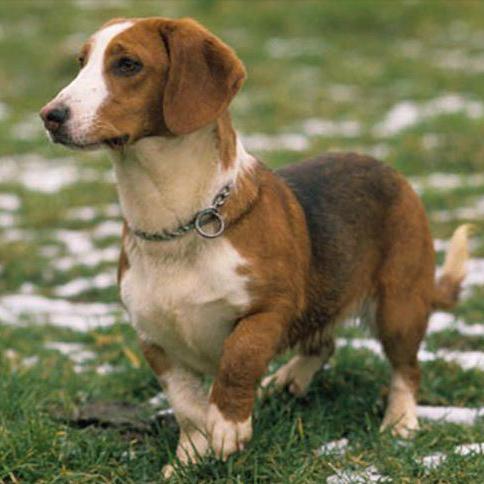
The Westphalian Dachsbracke is a remarkable blend of agility and loyalty. This breed’s unique characteristics make it a standout choice for both families and hunters. With its rich history and endearing personality, the Westphalian Dachsbracke offers a rewarding companionship that balances energy with affection. Embrace the journey of owning this exceptional breed, and you’ll discover a loyal friend and skilled partner. Consider welcoming a Westphalian Dachsbracke into your life and experience the joy of this extraordinary breed.
